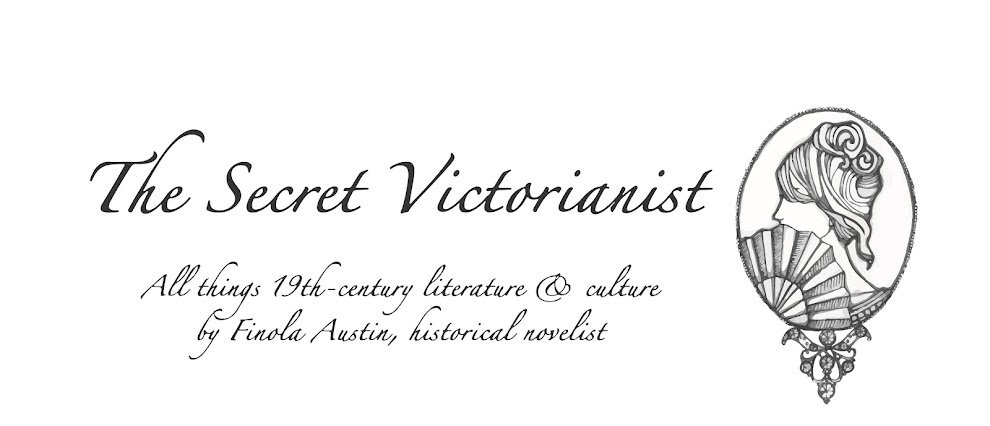Whether it’s Wuthering
Heights or Tess of the d’Urbervilles,
many students’ first introduction to nineteenth-century literature is through a
lengthy Victorian novel. How many pages?
This is only the first volume? The cries go up from classrooms all around
the UK. Reading is seen as a struggle, not entertainment. Even at university,
my contemporaries studying English were quick to dismiss the writers I liked
for this very reason, claiming they padded plots out, were paid by the word,
or, if informed, citing the ubiquitous power of circulating lending libraries
like Mudie's which promoted the three volume or triple-decker novel.
Once you have trust in a writer, a large novel is a joy, but
it’s hard to launch straight in to War
and Peace or Middlemarch. They
are other shorter works (of modern novella length or less) which I’d recommend
for those approaching Victorian literature for the first time or who just don’t
want to face the time commitment required by a 900-pager.
Lois the Witch, Elizabeth Gaskell (1861): This is an unexpected
delight – very different from Gaskell’s longer works with their interest in contemporary
issues (working conditions in North and
South, illegitimacy in Ruth),
this is an historical fiction, set in the time of the Salem witch trials. In
its depiction of America, the first Sherlock Holmes story, A Study in Scarlet, could be a fruitful point of comparison.
Despite the early setting, this short work feels incredibly modern and is
interesting in that it throws a heroine with stereotypically nineteenth-century
virtues, into unfamiliar narrative waters. It can be purchased easily and
cheaply as a paperback.
Milly Darrell, Mary Elizabeth Braddon (1873): A relatively
unsensational work by the queen of sensation fiction, whose most famous novel, Lady Audley’s Secret, left society
scandalised. Fans of Jane Eyre will be
interested in its first person treatment of a woman who must seek her own
income, while the plot culminates in a murder plot which features a female
poisoner, linking it to much Victorian crime fiction and reportage. The novella
(at around 100 pages) can be purchased in paperback online and is also digitised
for free on Project Gutenberg.
‘The Haunted Hotel’,
Wilkie Collins (1878): This is my favourite of the Collins short stories I’ve
read so far and is readily available (as a free e-book, as an Oxford World’s
Classic with other stories or in various ghost story anthologies). The Italian
setting, fast-paced plot and gruesome climactic scene make this a fun read. I’d
especially recommend it for students studying earlier or later Gothic
literature.
‘The Sphinx Without a
Secret’, Oscar Wilde (1891): The shortest piece I recommend here, this
story is readily available in collections of Wilde’s work. Its conceit is in
reversing readerly expectations and is a good instance of how shorter forms can
flag up their difference from novels.
If you’re studying The Picture of Dorian Gray, this
is also a representative example of Wilde’s shorter prose works, and is well
worth the 5-10 minutes it will take to read.
Follow the Secret Victorianist on Twitter @SVictorianist.
Follow the Secret Victorianist on Twitter @SVictorianist.

I can personally recommend both The Haunted Hotel and Milly Darrell. The former is one of the creepiest works of fiction I've ever come across - still makes me shiver now!
ReplyDeleteAlso, let me recommend Commonplace, a short prose work by Christina Rossetti. Hesperus Press do a wonderful edition!
Will definitely check out the Rossetti (thank you). Hesperus is great for finding interesting texts you can't normally come across, as is Sensation Press for more Braddon :)
ReplyDelete